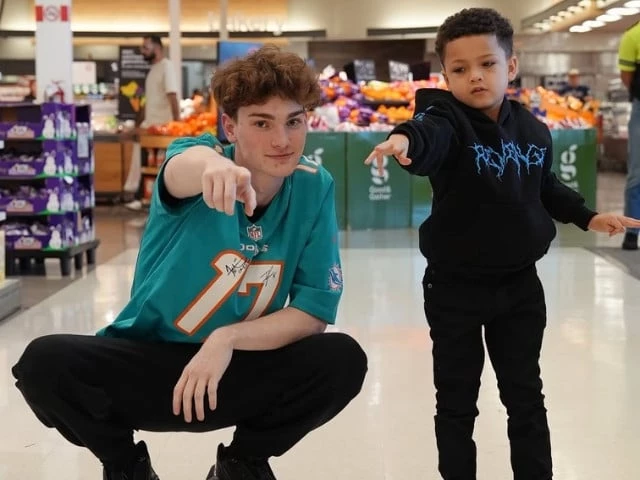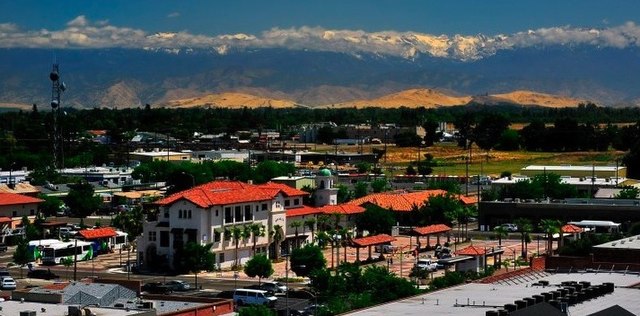Gel Ooru – Uncovering the Meaning, Significance, and Uses!

In a digital world where regional voices are finding a global stage, certain phrases stand out and resonate deeply with local communities. One such term that’s steadily catching attention is “Gel Ooru.” Simple yet powerful, Gel Ooru is more than a phrase—it’s a celebration of pride, victory, identity, and belonging.
But what exactly is Gel Ooru? Is it a place, a slogan, a movement, or something more abstract? This in-depth article will take you through the multiple dimensions of Gel Ooru—from its linguistic roots to its modern digital applications, and how it’s become a cultural symbol for a new generation.
📖 What Does “Gel Ooru” Mean?
The term “Gel Ooru” appears to be derived from South Indian languages, particularly Kannada and Telugu.
- “Gel” or “Gelu” means “to win” or “victory.”
- “Ooru” means “village,” “town,” or “place.”
Put together, “Gel Ooru” roughly translates to “Victory Village” or “The Town That Wins.” This term, rooted in local languages, carries a strong emotional and cultural connotation, especially among communities that take pride in their roots.
🌍 The Cultural Significance of “Gel Ooru”

South Indian communities are known for their deep-rooted connection to their hometowns or villages. The term “Ooru” itself stirs feelings of nostalgia, identity, and pride. When paired with “Gel,” the phrase becomes more than geography—it becomes a symbol of resilience, achievement, and community pride.
In villages and towns where local sports teams, festivals, or historical pride dominate, calling one’s place “Gel Ooru” is a way of:
- Celebrating collective success
- Honoring ancestral strength
- Fostering unity among people
- Boosting hometown identity among the youth
It’s a way of saying, “This is where winners come from.”
📱 “Gel Ooru” in the Digital Age
As social media becomes the new storytelling platform for regional voices, phrases like “Gel Ooru” are being repurposed in hashtags, memes, and digital branding.
Here’s how it shows up online:
1. Instagram and TikTok Hashtags
You might come across posts with hashtags like #GelOoru #MyOoru #OoruLove, especially when creators highlight their hometown, post about local festivals, or share their pride in rural achievements.
2. YouTube Vlogs and Short Films
Young filmmakers often create short stories set in their “Ooru,” often titling them with words like “Gel Ooru” to evoke strength, roots, or hometown heroism.
3. Merch and Apparel
T-shirts, hoodies, and even mugs with bold statements like “Namma Gel Ooru” (Our Winning Town) are becoming common in regional fashion. It’s an identity statement.
4. Community Pages and Fan Clubs
Local fan clubs of sports teams or cinema stars (especially in South India) might name themselves “[Star Name] Gel Ooru FC” or something similar to show fierce regional support and pride.
🏅 “Gel Ooru” in Sports and Competitions
One of the most popular uses of “Gel Ooru” is in the context of local sports rivalries—be it kabaddi, cricket, or volleyball. When a small village team defeats a city team or rivals, the supporters proudly label their home “Gel Ooru.”
It becomes:
- A rallying cry
- A motivational slogan
- A celebration of the underdog story
This expression of victory helps promote not only sports enthusiasm but also social bonding and village-level confidence.
🛍️ The Branding Potential of “Gel Ooru”

In an era of localization and glocal (global + local) branding, terms like Gel Ooru carry marketing value. Here’s how brands and entrepreneurs can use it:
- Cultural Clothing Lines: A brand centered around regional pride can use Gel Ooru to design collections inspired by local heritage.
- Food and Beverages: Local food startups or organic products can adopt the phrase to reflect their hometown roots.
- Tourism and Travel: Tour guides or rural tourism operators can use Gel Ooru to brand heritage experiences, native food tours, or village stays.
This term brings emotional relevance, marketability, and authenticity—a rare combination in modern branding.
👥 The Emotional Power Behind “Gel Ooru”
At its heart, Gel Ooru is about belonging. It evokes strong emotional themes like:
- Pride in one’s origin
- Victory over adversity
- Cultural legacy and family bonds
- Inspiration for future generations
In a world where urbanization often dilutes local culture, Gel Ooru serves as a counter-narrative—a declaration that your small town or rural community has just as much power, pride, and potential as any big city.
FAQs About “Gel Ooru”
1. Is Gel Ooru a real village or just a symbolic term?
While it may refer to an actual village, it’s most often used symbolically to describe any community that takes pride in its achievements.
2. Which language does “Gel Ooru” come from?
The phrase combines words from South Indian languages like Kannada or Telugu, where “Gelu” means “win” and “Ooru” means “village/town.”
3. How do people use “Gel Ooru” on social media?
It’s used in hashtags, memes, team slogans, or posts showing pride in one’s local roots—especially after a success story.
4. Can businesses use “Gel Ooru” as a brand name?
Absolutely. The term is catchy, culturally rooted, and emotionally resonant—ideal for startups focused on local pride or identity.
5. Why is Gel Ooru becoming popular now?
There’s a growing trend of celebrating local culture in digital spaces, and Gel Ooru taps into this desire for identity, belonging, and pride.
Conclusion: Why “Gel Ooru” Matters
“Gel Ooru” may appear as a simple phrase on the surface, but dig deeper and it represents an entire movement—a celebration of hometown pride, cultural identity, and community strength. Whether you’re an artist, entrepreneur, student, athlete, or just someone proud of where you come from, Gel Ooru is a badge of honor. It’s your reminder that greatness isn’t limited by geography—it’s built on passion, purpose, and people. So the next time you see “Gel Ooru,” remember: it’s not just a place—it’s a powerful feeling.









